Growing Environmental Regulations
The increasing stringency of environmental regulations in Europe is driving the solar backsheet market. As governments implement stricter policies aimed at reducing carbon emissions, the demand for renewable energy solutions, particularly solar power, is expected to rise. In 2025, it is anticipated that compliance with these regulations will necessitate the use of high-performance solar backsheets that meet specific environmental standards. This shift could lead to a market growth of approximately 15% as manufacturers adapt their products to align with regulatory requirements. The solar backsheet market must remain agile to respond to these evolving regulations, ensuring that their offerings not only comply but also exceed expectations in terms of sustainability and performance.
Rising Demand for Renewable Energy
The increasing demand for renewable energy sources in Europe is a primary driver for the solar backsheet market. As countries strive to meet ambitious climate targets, the shift towards solar energy has gained momentum. In 2025, solar energy accounted for approximately 15% of the total energy mix in Europe, reflecting a growing reliance on sustainable energy solutions. This trend is likely to continue, with projections indicating that solar capacity could double by 2030. Consequently, the demand for high-quality solar backsheets, which protect solar panels from environmental factors, is expected to rise significantly. The solar backsheet market must adapt to this growing demand by innovating and enhancing product offerings to meet the evolving needs of solar manufacturers.
Government Incentives and Subsidies
Government incentives and subsidies play a crucial role in shaping the solar backsheet market in Europe. Various European nations have implemented financial support mechanisms to encourage the adoption of solar energy. For example, feed-in tariffs and tax credits have been instrumental in promoting solar installations, leading to a surge in demand for solar components, including backsheets. In 2025, it is estimated that government incentives could account for up to 30% of the total investment in solar energy projects. This financial backing not only stimulates market growth but also encourages manufacturers to innovate and improve the quality of their products, thereby enhancing the overall competitiveness of the solar backsheet market.
Technological Innovations in Materials
Technological advancements in materials science are significantly influencing the solar backsheet market. Innovations such as the development of advanced polymer materials and composite structures enhance the durability and efficiency of solar panels. For instance, the introduction of ethylene-vinyl acetate (EVA) and polyvinyl fluoride (PVF) has improved the performance and longevity of solar backsheets. In 2025, the market for these advanced materials is projected to grow by 20%, driven by their superior protective qualities and resistance to environmental degradation. As manufacturers seek to improve the overall efficiency of solar panels, the demand for innovative backsheets that can withstand harsh conditions is likely to increase, thereby propelling the solar backsheet market forward.
Increased Investment in Solar Infrastructure
The surge in investment in solar infrastructure across Europe is a significant driver for the solar backsheet market. With a growing number of solar farms and residential installations, the need for reliable and efficient solar components is paramount. In 2025, investments in solar infrastructure are projected to reach €50 billion, reflecting a robust commitment to expanding solar capacity. This influx of capital is likely to stimulate demand for high-quality solar backsheets, which are essential for the longevity and efficiency of solar panels. As the solar backsheet market responds to this investment trend, manufacturers may focus on enhancing product performance and developing new technologies to capture a larger share of this expanding market.


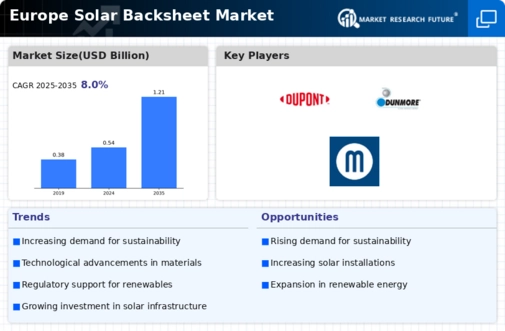

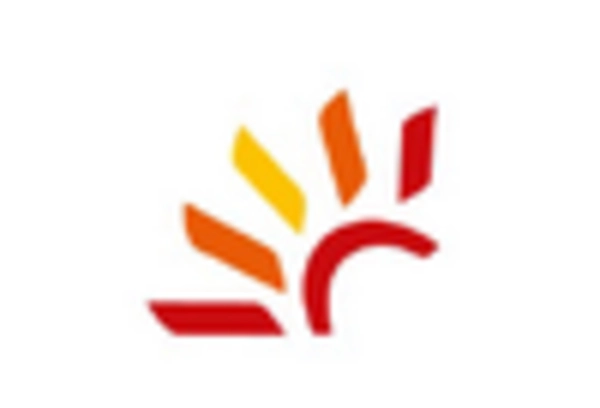
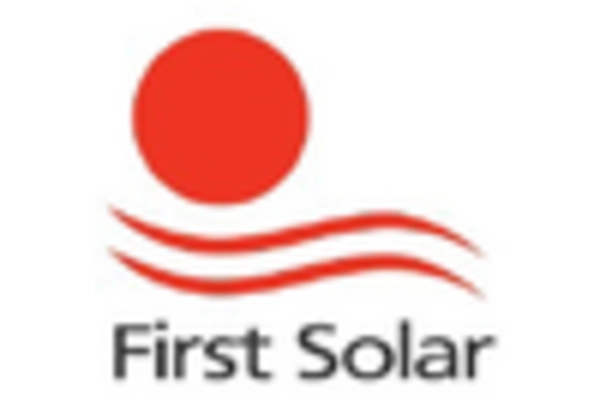


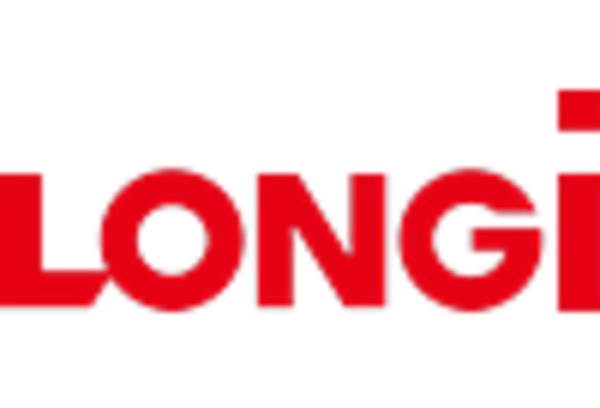
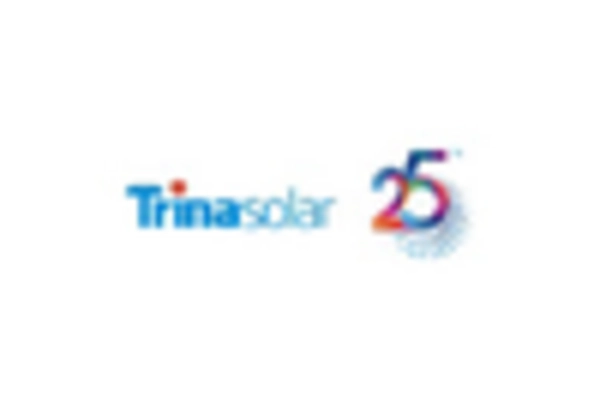








Leave a Comment